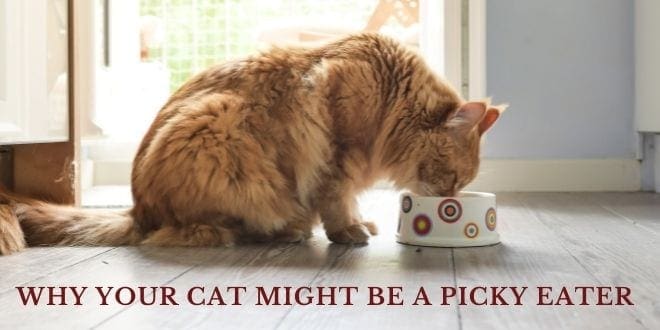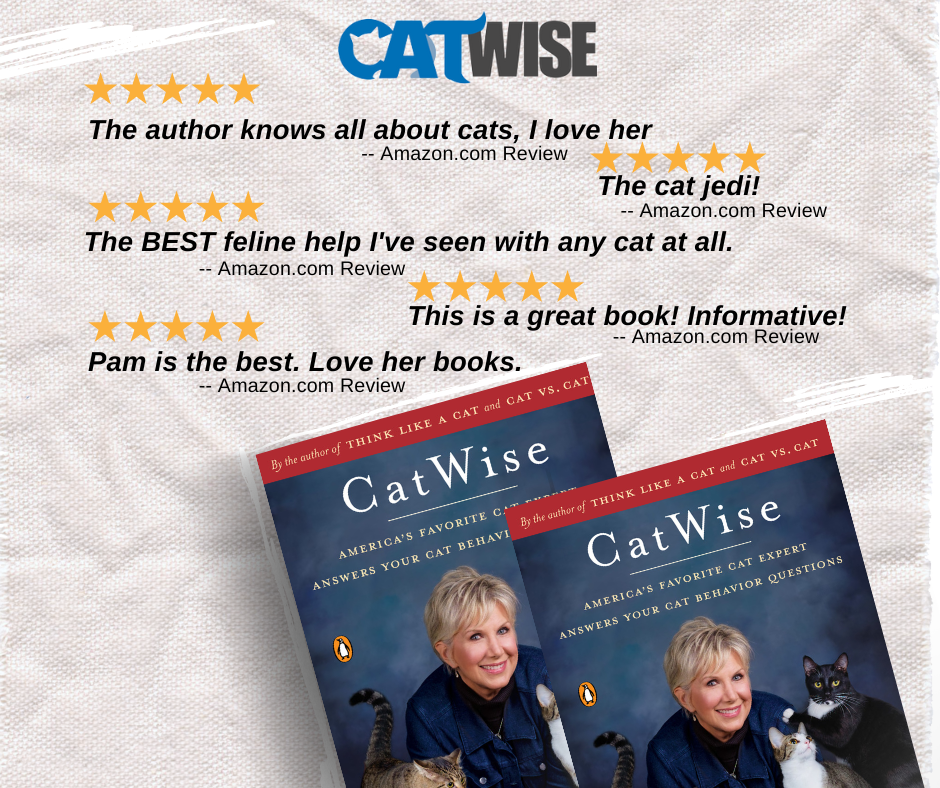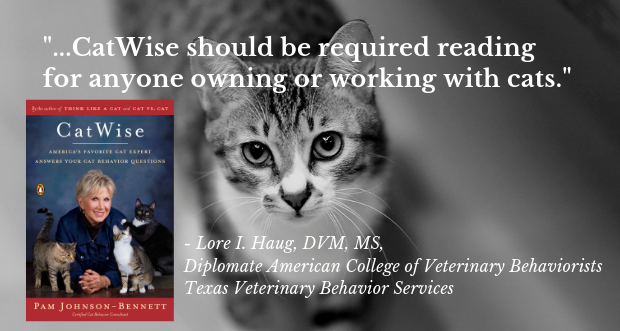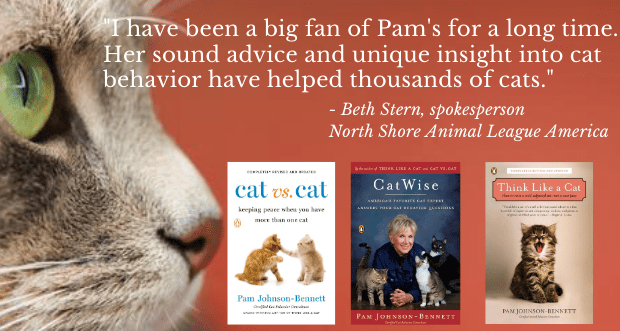
Do you consider your cat a picky eater? Have you offered several brands and varieties of food only to have your cat turn up her nose at each and every one? Perhaps your cat has successfully eaten one type of food for days and then suddenly rejects it. Regardless of whether you’re feeding wet food, dry food, premium, raw, or homemade, many cat parents have been faced with finicky eater syndrome. What causes it? There can be several reasons why your cat becomes a picky eater.
Fixed Food Preference in Cats
Many cats who have been fed a very palatable single food long-term can develop a fixed food preference. While they may successfully eat that food meal after meal, year after year, a problem can occur if the food’s formulation should change or if the cat needs to be placed on a prescription diet for a medical issue. Many animal expert and veterinarians recommend varying the cat’s diet by offering different flavors, textures, shapes and types of food.
Abrupt Changes in Your Cat’s Food
When it comes to most things in life, cats don’t like change. When your cat goes to the food bowl at mealtime, she can become totally thrown off by the aroma, texture, and taste of a completely unfamiliar food. Abrupt food changes can also cause intestinal upset. New foods should be introduced gradually to avoid stomach upset and minimize the chance of food rejection.
Hiding Medication in Your Cat’s Food
If your cat has to be on medication and you know from previous history that attempting to put a pill in her mouth has resulted in one very angry cat and possible injury to you, then you may have resorted to disguising the medication in your cat’s meal. Your cat has a keen sense of smell and more often than not, been able to detect that the meal has been tampered with. Additionally, many medications aren’t meant to be chewed and are designed to go down to the stomach with their protective coating intact. Often, the contents of the pill are bitter which can also adversely affect the food’s palatability. Your cat is smart and once she knows there has been medication in the food she may reject that food in the future, regardless of whether you have added anything or not.
If you medicate your cat, do so separately from the meals unless you’re instructed that the prescription must be given with food. Pills can be hidden in Pill Pockets (a soft treat designed specifically for that purpose). Some medications can be reformulated into a transdermal delivery system so you can simply rub the cream on the cat’s ear tip. If you must pill or administer liquid medication, consider clicker training your cat to accept the process or work on developing a quick, calm method of administering medication with minimal stress. Your veterinarian can help you improve your cat handling technique. Early training to accept having her mouth touched when she’s still a kitten will serve you well as she matures. Even if your cat is an adult you can still do some training to change the association with having her mouth touched or ears handled. Talk to your veterinarian if you need guidance on the best way to medicate a cat.
Fear and Stress Affect Your Cat
If your cat has been bullied at the food bowl by another pet, then kitty may have decided that it’s too risky to be in that location. Even just living in a stressful environment can cause a change in your cat’s appetite. Your cat’s mealtime set-up should inspire security and comfort. In a multicat household this may mean setting up more than one feeding location so one cat can’t bully another. Some cats do well being fed in elevated locations to stay out of reach of small children or the family dog. Evaluate your cat’s mealtime set-up to see what improvements can be made to create a peaceful environment.
Cats Don’t Really Want Their Water and Food Together
If you feed your cat from a double feeder where food goes in one side and water goes in the other, that may be very unappealing. In general, it’s wise to place the water bowl several inches away from the food bowl. Some cats prefer the water on the other side of the room and some may prefer water in a totally separate location from the food. Since you want to always make sure your cat has access to fresh, clean water, place several water stations around the house. You may even want to consider placing a water fountain in one of the locations to entice your cat to drink more.
Watering Down Cat Food
You may have thought it was a good idea to add water to your cat’s dry food to increase water consumption but the only result ends up being uneaten, soggy food. Adding water to wet food may change the consistency too much and make it less appealing.
Feeding Your Cat too Close to the Litter Box
Most of us don’t eat in the bathroom and your cat would probably agree with the fact that it’s not an ideal location. In the cat world, the act of going away from the living quarters and covering the waste after elimination are very important aspects of survival. To eat near the elimination area can be very confusing. In many cases it can lead to a litter box avoidance problem but in some cases it can result in finicky eating as well, or at the very least, increased anxiety during meals.
Your Cat Could have a Medical Issue
Any change in your cat’s appetite could be caused by an underlying medical issue. It could range from a disease to even a tooth problem that’s causing pain whenever your cat attempts to chew. Respiratory problems could cause your cat to reject food because she’s unable to smell it. Cats heavily rely on their sense of smell before eating food. Any change in your cat’s appetite should be viewed as a potential red flag that something is medically wrong. Have your cat examined by the veterinarian.
Temperature and Freshness of Cat Food
Food fed directly from the refrigerator is unappealing. Cats aren’t scavengers and they use their nose to determine if the temperature of their prey indicates whether it’s safe to eat. If the food is cold, it could indicate to the cat that it’s not very fresh. Cold food also releases less aroma so there’s a decreased scent appeal. Wet food should be served at body temperature or slightly warmer. Dry food should be room temperature. Wet food shouldn’t be left out in the bowl to dry and harden.
Feeding the Wrong Food to Your Cat
You’d be surprised how many times I come across cat parents who create inadequate homemade diets or feed the cat a diet that is missing vital nutrients. If you’re going to feed raw food or cook a homemade diet, talk to your veterinarian to be sure you are fully educated on how to create a nutrition program that meets all of your cat’s requirements for her life stage. If feeding commercial food, your veterinarian can guide you on the dizzying choices in brands on the market today. Just because a food is highly palatable doesn’t mean it’s appropriate for your cat.
Doctoring up the Cat Food
To get kitty to eat you may have mixed in some goodies such as chicken, tuna or some other tasty morsels. The problem with that is you’ve now increased your cat’s taste expectations and she’ll be less likely to eat food without the added yummies. Unless your veterinarian has instructed you to supplement the diet, don’t try to trick your cat into eating the normal food by adding tablescraps.
Need More Information?
For more specific information on mealtime issues and nutrition, contact your veterinarian because they know your cat’s specific health concerns, life stage and body condition. This article is not intended to replace proper veterinary care and nutritional guidance provided by your own veterinarian.
For more information on cat behavior and training, refer to the books by best-selling author Pam Johnson-Bennett. Pam’s books are available at bookstores and online. We’ve included links to Amazon here on our website.
If you have a question about your cat’s health, contact your veterinarian. This article is not intended as a medical diagnosis nor is it a replacement for your cat’s regular veterinary care. This article is for general information purposes only.






